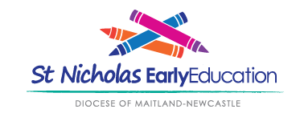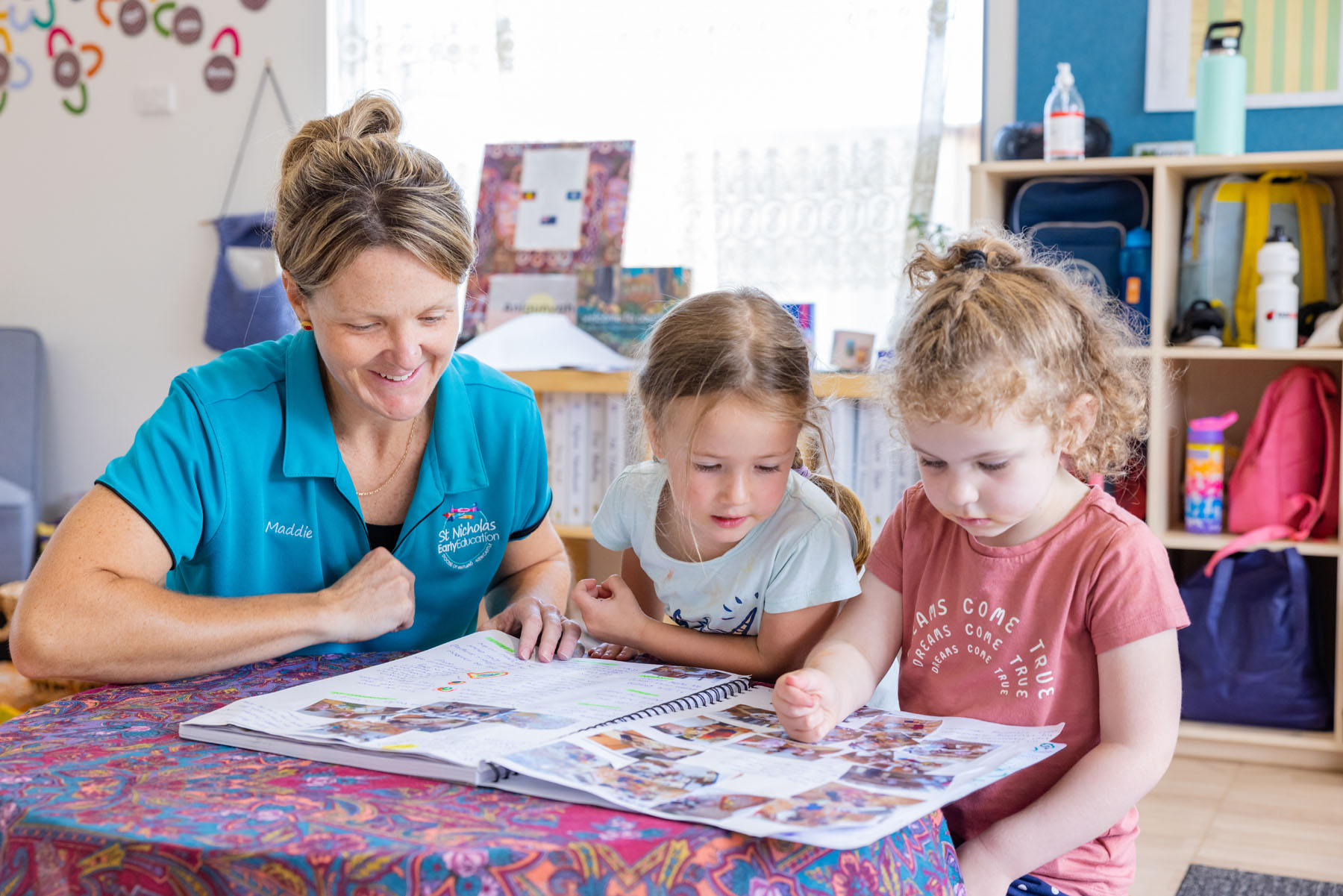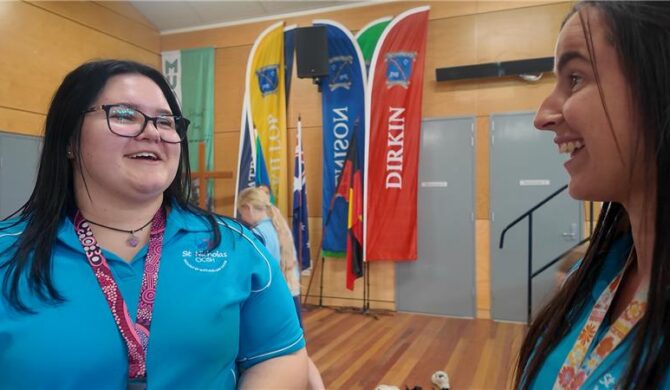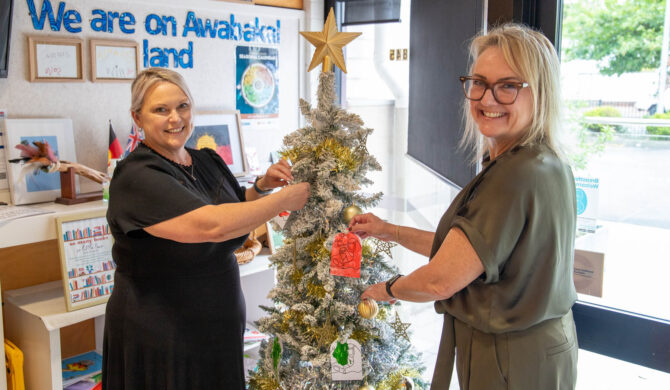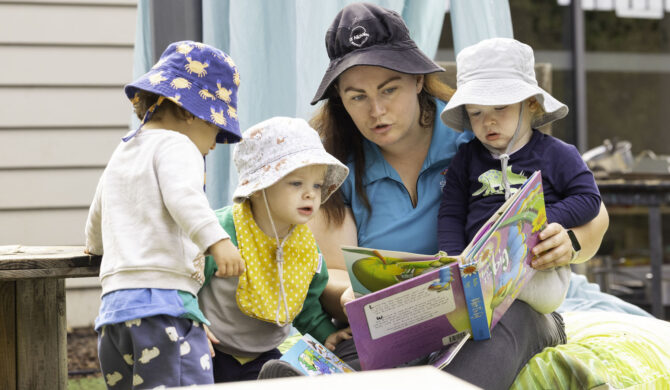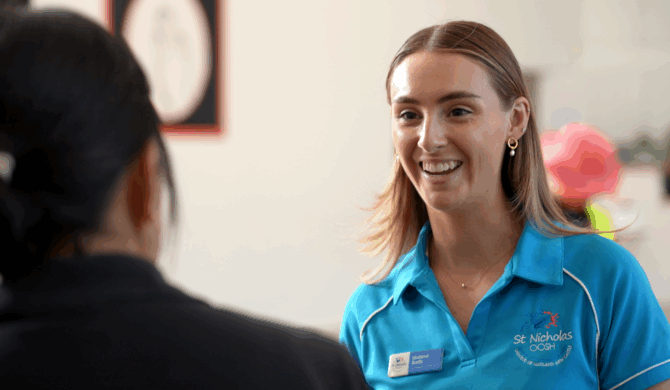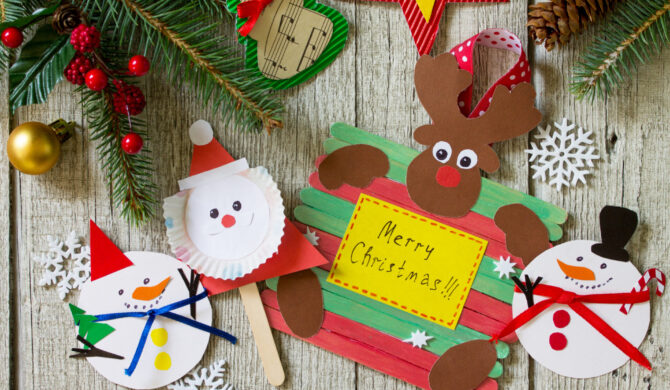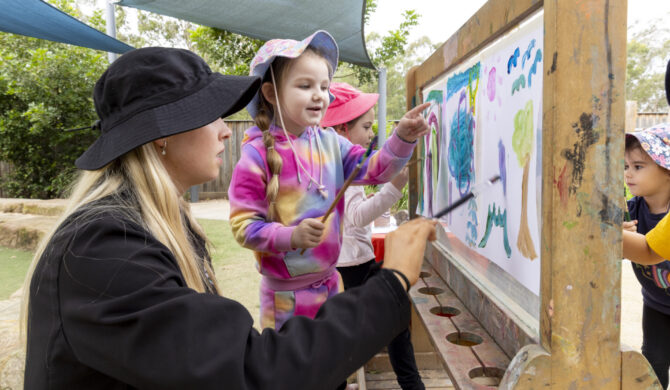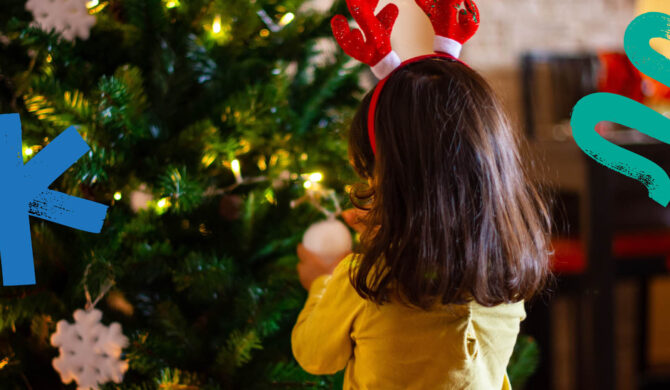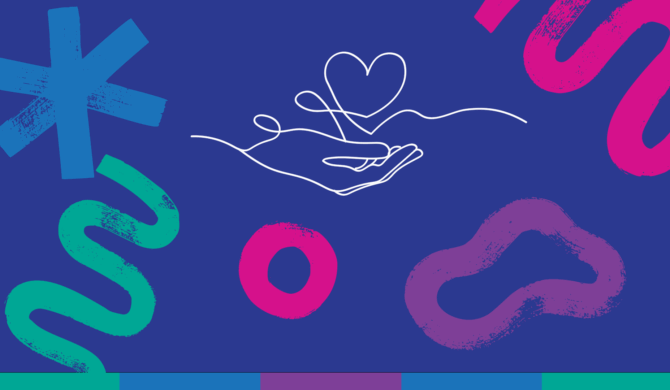The planning cycle should take account of both facets of an educator’s role in education to make sure that children are engaged in learning and develop the dispositions for lifelong learning. Floorbooks allow educators to consult deeply with children during the planning and documentation process.
Background information
-
It is called a ‘floorbook’ because the book is used on the floor so that the children have close access to it
-
Writing in a floorbook explores shared thinking in a more formal way so that children recall each other’s ideas and record them through writing, drawing and photographs
-
Many children revisit the books and learn from a previous group’s experience, or their own ideas from a previous session
-
Floorbooks create a child-centred approach, which records the evidence of the process of play and the learning that comes from it
-
Updating the floorbook in consultation with children is important because:
-
it creates closer match between the child and the curriculum they are experiencing
-
it builds self esteem and positive attitudes when the learner is involved in the decision making
-
it increases intrinsic motivation, that stays with a child throughout life
-
children have a right to be treated with respect by valuing their thoughts and opinions.
-
Features of a floorbook include
-
children’s ideas and thoughts
-
open-ended questions – questions are posed as a part of a conversation and are designed to stimulate thought and not test knowledge
-
higher order thinking
-
depth of learning – collating children’s ideas in a book form ensures that the group focuses on continuity and progression over longer blocks of time
-
collaborative learning – floorbooks are designed to be a large size to allow children to gather around them and engage in a learning dialogue around the content of the pages
-
a variety of methods to represent thinking – adults scribing the questions and conversations, children’s drawings, photos, adult observations etc
-
collates child-centred ideas that are taken forward by the early years staff – the floorbook is an integral part of planning
-
the books are available to children at all times.
Floorbooks share
-
ideas
-
reflections
-
challenges, solutions and failures
-
thoughts
-
actions
-
observations
-
plans
-
desires.
The Educator’s role
Educators must listen, document and guide conversation (when appropriate), mediate as children offer their opinions and perspectives to one another, and program educational experiences to nurture and inspire each individual child’s needs and interests, based on their learnings.
The above information was taken directly from Claire Warden’s floorbook resource, linked here.

